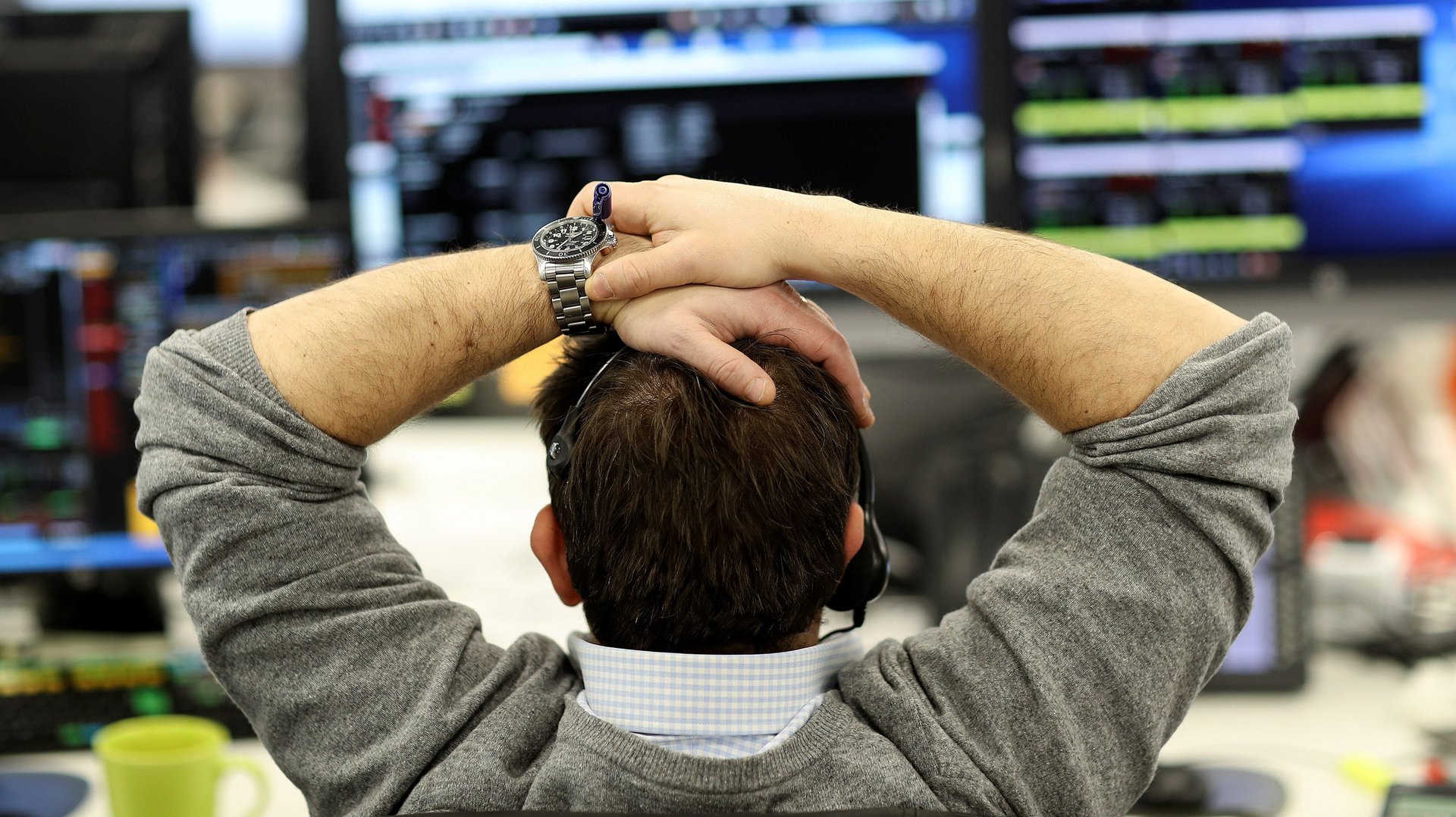What’s next for the very volatile stock market
Over the past two days (Feb. 2 and Feb. 5), the VIX Index—the most popular measure of expected US shares volatility—spiked 177%, the largest two-day increase in its history. By the market open this morning, the VIX spiked another 35%, before fast declining by 55%. Not only that, Credit Suisse has announced the collapse of the most popular inverse exchange-traded product (ETP)—which had bet on volatility staying low—and that it will liquidate the fund (paywall).


Over the past two days (Feb. 2 and Feb. 5), the VIX Index—the most popular measure of expected US shares volatility—spiked 177%, the largest two-day increase in its history. By the market open this morning, the VIX spiked another 35%, before fast declining by 55%. Not only that, Credit Suisse has announced the collapse of the most popular inverse exchange-traded product (ETP)—which had bet on volatility staying low—and that it will liquidate the fund (paywall).
Investing in market volatility has quickly become a very volatile business.
While these moves are shocking, they shouldn’t be a surprise. In fact, they were predicted by Christopher Cole at Artemis Capital in October 2017. Cole isn’t the type of person to say he told you so, so we’ll say it for him: He told you so.
In his paper, Cole described how the combination of rising inflation and computer trading amplified “a normal fire into a cataclysmic conflagration” on Black Monday in 1987. He wrote, “The multi-trillion-dollar short volatility trade, broadly defined in all its forms, can play a similar role today if inflation forces central banks to raise rates into any financial stress.”
The collapse of retail ETPs will be very painful for those involved. But the bigger market risk is in the institutional trading strategies that bet on volatility. These strategies are complex and use rules-based trading to maintain certain exposures that require trading in and out of multiple asset classes at the same time. In the past few days that has meant that the spike in volatility has caused selling in equities. In fact, BofA Merrill Lynch Global Research estimates that $200 billion of equities have been (or will be) sold based on the change in the VIX.
It’s unclear how much of the decline in the S&P 500 is attributed to volatility-linked trades. But it’s clear that it’s material.
The question now is how much more these volatility strategies will amplify moves in the equity markets. And whether the volatility disruption will spread to the bond market. Cole calculates that more than $2 trillion has been bet on low volatility. That means there may be plenty more automated trading strategies that could be triggered and amplify big market moves like we’ve seen in the past few days.